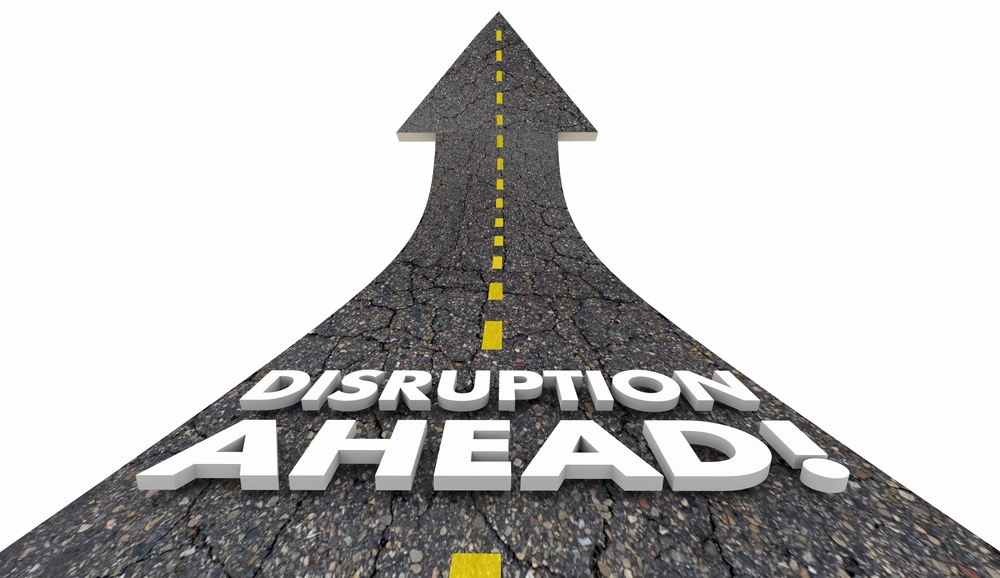- Call: 0203 427 3507
- Email: innovation@clustre.net

Can anyone doubt that we are in an era of mass disruption?
In recent months we have seen the demise of several famous brands in the UK including:
to name a few.
For me, the saddest loss was Thomas Cook who started the global travel industry in 1841 – 178 years ago – which just goes to show that (practically) no established business is immune!
So what caused the demise of these companies (and other famous companies too numerous to mention) and will this trend continue? If so, what can we do to make sure we are still in business in the years ahead?
Let’s start by taking a look at each of the above companies in turn and then see if we can find a general pattern.
Thomas Cook failed for three main reasons (according to The Guardian):
According to Reuters, Monarch also failed for three main reasons:
But I would also add that the internet also played a part here allowing and almost encouraging people to seek the cheapest flight.
We can then put Karen Millen and Mothercare into roughly the same ‘failure camp’. Like many other retailers, clothing retailers have suffered from higher costs (rents and rates included), falling shopper numbers on the high street amid weak consumer confidence and changing shopping habits (the internet again!). Mothercare also found itself squeezed by the big UK supermarkets who were offering similar products.
Finally we come to Jamie Oliver whose burgeoning restaurant empire failed for two very simple reasons – a lack of quality control and prices that were too high for what people were being offered.
I could analyse a whole batch of other failures but it would not change my analysis of why so many businesses have gone out of business recently, which are:
Against this backdrop of failures, we have a growing list of new entrants, such as uber, Airbnb and Amazon who have fully exploited the power of the internet and smart phones to disrupt more traditional businesses. What is amazing and perhaps unwarranted, is the massive valuations these new businesses have attracted when pretty much all of them have yet to make a (decent) profit!
So if you are a long-established player and in a highly competitive industry which has not changed its way of business for a long long time, are your days numbered or is there a chance that you might continue for many years to come? The answer is.. it’s all down to you. If you want to continue to succeed you need to do a number of things rather rapidly:
And lastly, but not least, innovate quickly, or you may surely die. Take a few minutes to read this short article to learn how to do just that – https://www.clustre.net/rapid-results-from-innovation/.
In my next article I will examine what it takes to be a disruptor! You can read it here.
Robert Baldock is the MD of Clustre – The Innovation Brokers